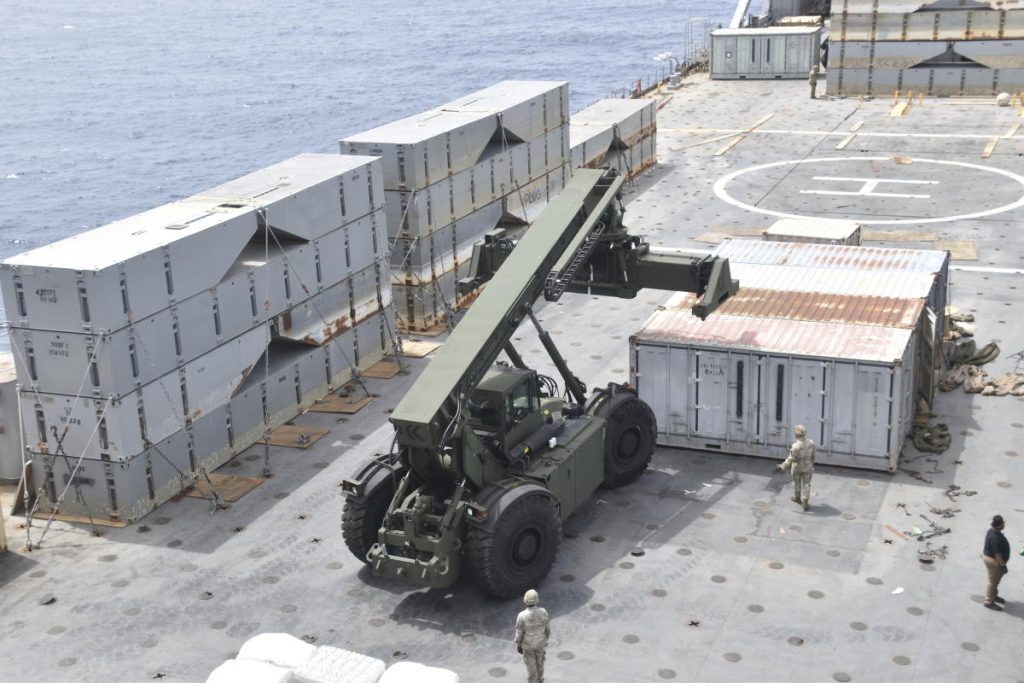The United States plans to have on-the-ground arrangements in Gaza ready for humanitarian workers to start delivering food, treatment for starving children, and other urgent assistance by early to mid-month. While the aid coming through the new U.S.-led maritime route will only serve half a million people, it is a significant step in addressing the humanitarian crisis in Gaza. The USAID official stressed the importance of reaching those in need as quickly as possible.
Meanwhile, USAID Administrator Samantha Power is set to announce a $200 million investment to increase U.S. production of emergency nutritional treatment for starving children under 5. This investment comes in response to conflicts in Gaza, Sudan, Haiti, and other regions that have heightened the need for such aid. The goal is to ramp up production to meet the growing demand for lifesaving treatment for malnourished children.
With half of Gaza’s 2.3 million people at imminent risk of famine due to the prolonged Israel-Hamas war and limited humanitarian aid access, urgent action is needed to prevent further suffering. Children under 5 are particularly vulnerable in such situations, as they are the first to succumb to hunger and malnutrition. Hospital officials in northern Gaza have reported deaths from hunger, with most of the victims being children.
USAID is working closely with the U.N. World Food Program, Israel, and other partners to coordinate security and distribution for the pier project that will facilitate aid deliveries by ship. President Joe Biden announced the pier project in March, aiming to alleviate the humanitarian crisis in Gaza. While progress is being made, challenges such as inclement weather and operational delays underscore the difficulties of delivering aid in a complex and conflict-ridden environment.
The United Nations has expressed a preference for land operations over sea operations for aid deliveries, citing the need to maintain independence and avoid military involvement. The struggles encountered during the first aid delivery through a newly reopened land corridor in north Gaza highlight the ongoing security concerns and risks faced by relief workers. Israeli settlers and Hamas militants both presented obstacles to the aid delivery process, underscoring the delicate nature of humanitarian operations in the region.
In Gaza, the urgent need for nutritional treatment for malnourished children underscores the severity of the crisis. Acute malnutrition rates among children under 5 have surged dramatically, surpassing levels seen in other conflict-ridden regions like Somalia and South Sudan. The rapid increase in hunger-related issues calls for immediate and sustained action to prevent further loss of life and alleviate the suffering of vulnerable populations. Efforts to increase aid deliveries and ensure the safety of aid workers are critical in addressing the growing humanitarian needs in Gaza.


